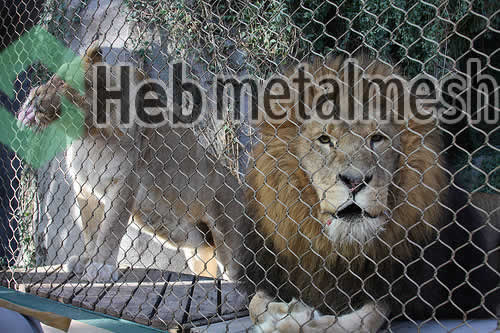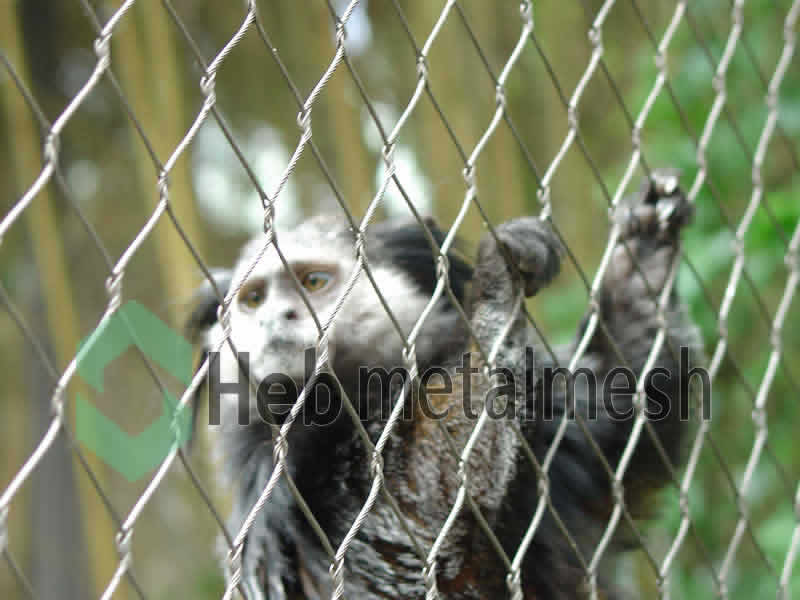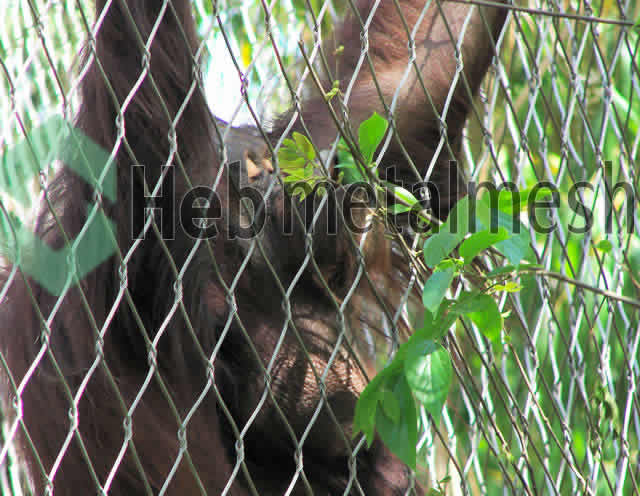when the zoo design or have lion cage building or lion fence, often used the produce of stainless steel zoo mesh from HEBEI METAL MESH LTD, durable and toughness, impact, climbing, can prevent the lion flight, and can protect the safety of tourists.
Lion fence mesh and the lion cage mesh commonly used models have HM3276,HM-3210, etc… specifications for the wire rope diameter 1/8″, mesh aperture 2″, 3″ or 4″, the mesh size according to the environment need to customize, suggest the most no more than 10 meters wide, long not exceed 20 m.Special-shaped nets to unified rules into rectangular shape, when installation fixed before cutting.
Also, the zoo tiger enclosure and leopard cages can reference the lion cage fencing design and the selection of stainless steel zoo mesh.
Related Pages & Articles


